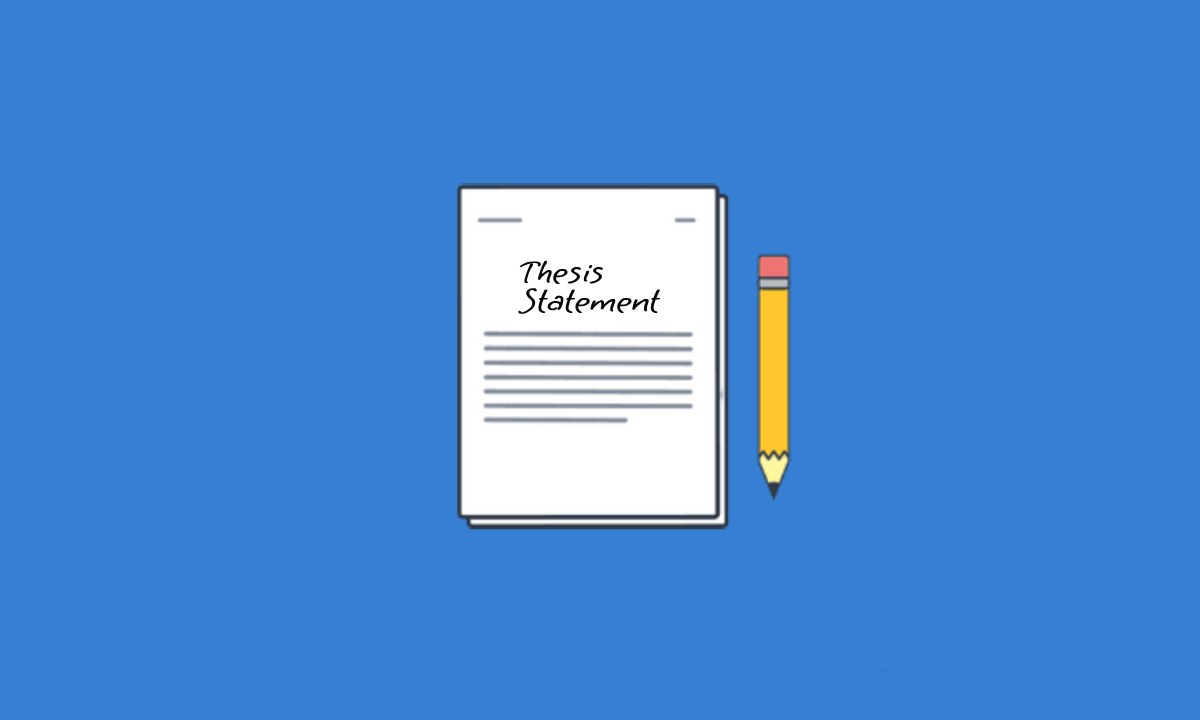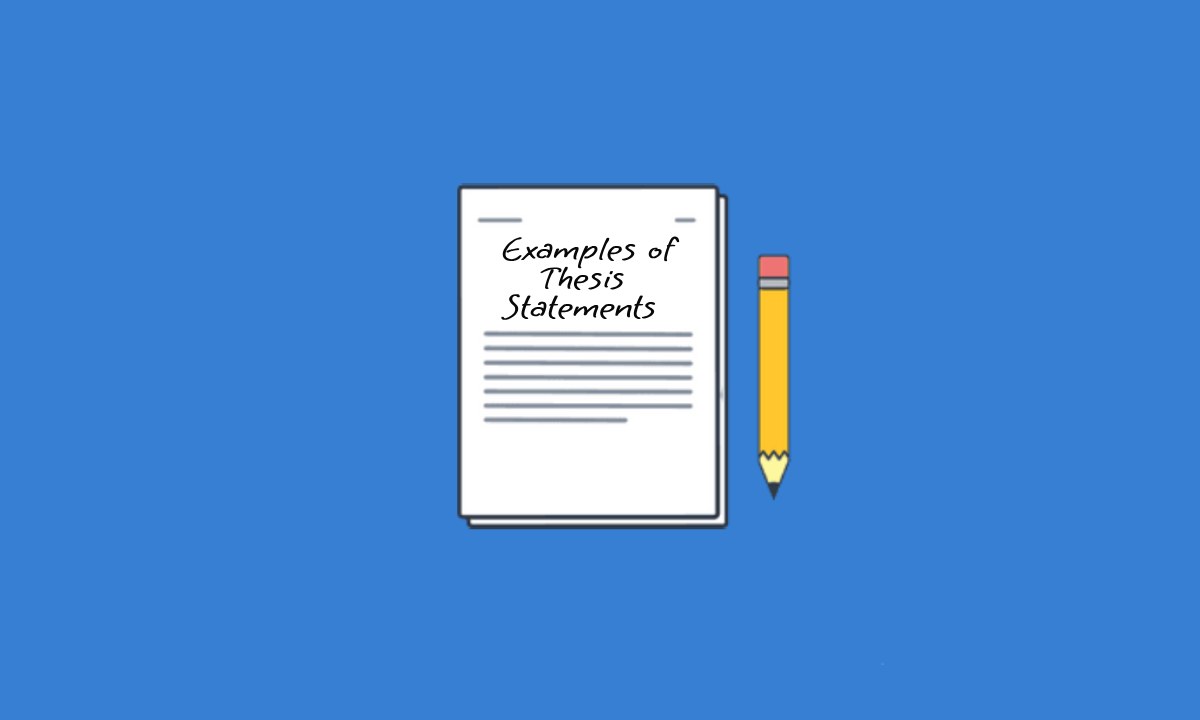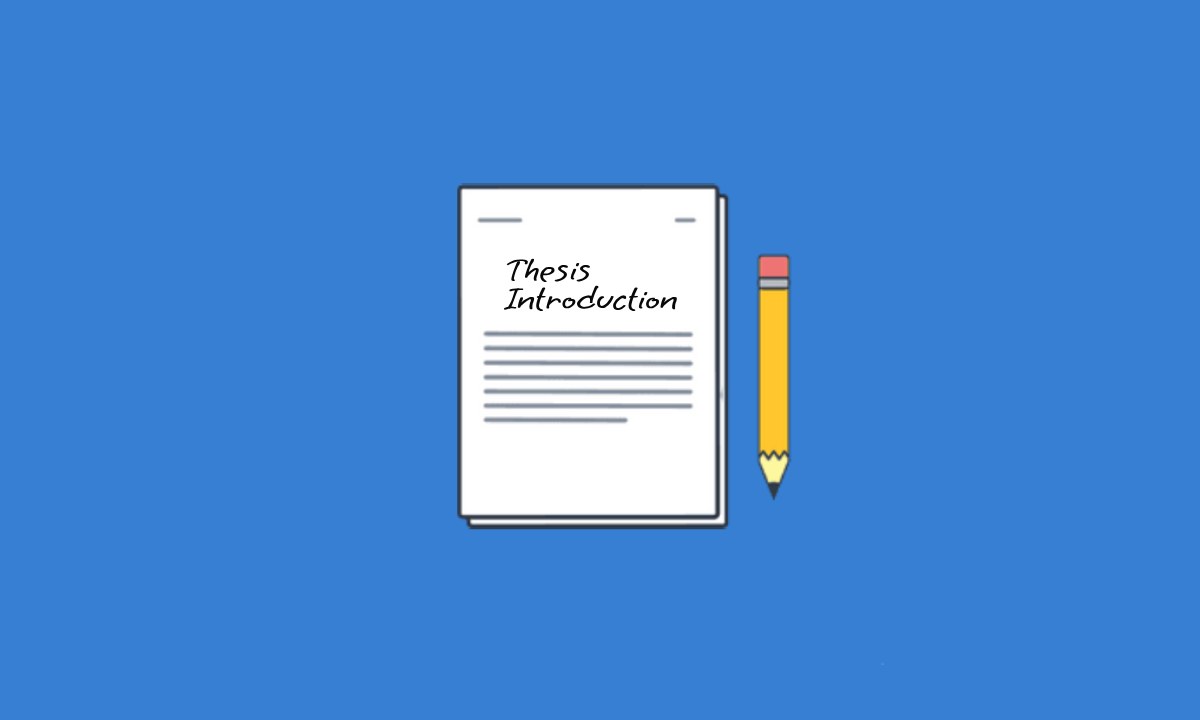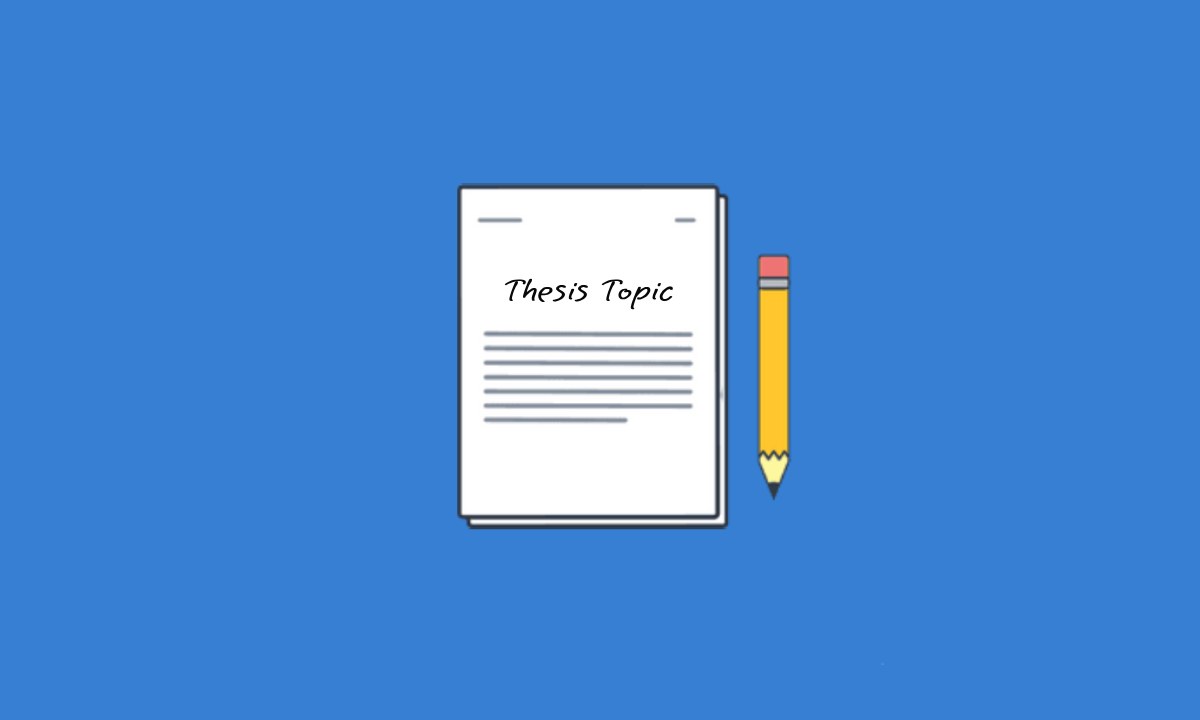What is Thesis Statement?
A thesis statement is a concise and clear summary of the main point or claim of an essay, research paper, or any other type of academic or persuasive writing. It typically appears in the introductory paragraph or section of the paper and serves as a roadmap for the reader, outlining the central argument or position that the writer will defend or explore in the rest of the work. A well-crafted thesis statement should be specific, debatable, and focused, providing a clear direction for the reader and helping to guide the writer’s efforts in developing and supporting their main argument.
Thesis Statement Types:
A thesis statement can take various forms depending on the type of essay or research being conducted. Here are common types of thesis statements:
Argumentative Thesis Statement:
A type of statement that presents a clear position on a contentious issue, with the intention of convincing the reader through reasoning and evidence. Example: “School uniforms should be mandatory in public schools to reduce peer pressure and bullying.”
Analytical Thesis Statement:
A statement that deconstructs a topic into its essential components, analyzing these parts to explain how they contribute to the whole. Example: “The rise of social media has led to increased social isolation by encouraging superficial connections over meaningful interactions.”
Expository Thesis Statement:
A statement used to provide an objective explanation or description of a particular subject or concept, aiming to inform or educate the reader. Example: “The process of photosynthesis involves the absorption of sunlight by plants to convert carbon dioxide into oxygen and glucose.”
Comparative Thesis Statement:
A type of statement that examines two or more subjects, highlighting their similarities and differences to develop a deeper understanding or conclusion. Example: “While both democracy and authoritarianism provide governance, democracy allows for individual freedoms, whereas authoritarianism prioritizes state control.”
Cause-and-Effect Thesis Statement:
A statement that outlines the causes of a certain event or situation and discusses the resulting effects or consequences. Example: “The increase in global temperatures is directly related to the rise in industrial carbon emissions over the past century.”
Narrative Thesis Statement:
A statement that summarizes the central theme or lesson of a personal experience or story, typically used in reflective or narrative writing. Example: “My journey to becoming a teacher was filled with unexpected challenges that ultimately shaped my passion for education.”
Evaluative Thesis Statement:
A type of statement that makes a judgment about the value, effectiveness, or impact of a subject, offering an assessment based on specific criteria. Example: “The Great Gatsby is a powerful critique of the American Dream, but its lack of strong female characters weakens its overall social commentary.”
Thesis Statement Parts:
A thesis statement typically consists of three main parts:
Topic:
This is the subject matter or the general area of interest that your thesis will explore. It provides context and sets the stage for your thesis statement.
Claim or Assertion:
This is the core argument or point you are making about the topic. It should be a clear, specific, and debatable statement that you intend to support and explore in your thesis.
Rationale or Supporting Points:
These are the reasons or evidence that support your claim. They provide a brief preview of the main arguments or ideas you will present in your thesis to justify or prove your claim.
Thesis Statement Purpose:
The purpose of a thesis statement in an academic or research paper is to provide a clear and concise summary of the main point or argument of the paper. It plays a pivotal role by focusing the topic, ensuring precision, guiding the writer’s thought process, and providing a structured foundation for the paper’s organization.
How To Write Thesis Statement?
Here’s a step-by-step guide on how to write an effective thesis statement:
Understand the Assignment:
Read and understand the assignment or prompt thoroughly.
Identify the purpose and scope of your paper. What is the specific topic or issue you need to address?
Choose a Topic:
If you haven’t been assigned a specific topic, choose one that interests you and aligns with the assignment’s requirements.
Research:
Conduct research to gather information and evidence related to your topic.
Take notes and organize your thoughts as you go, highlighting key points and ideas.
Identify Your Main Point:
Determine the primary argument or message you want to convey in your paper.
Ask yourself, “What am I trying to prove or explain?”
Consider the significance of your argument within the context of your topic.
Narrow Your Focus:
Ensure that your thesis statement is specific and focused.
Avoid broad and vague statements that are difficult to support or argue.
Consider Your Audience:
Think about your target audience and what they need to know or understand from your thesis.
Tailor your thesis to your audience’s level of knowledge and interest.
Write a Declarative Statement:
Your thesis statement should be a clear, concise, and declarative sentence that states your main argument.
Avoid questions or statements that are not assertive.
Make it Arguable:
A strong thesis statement is debatable. It should not be a simple fact but rather something that can be argued or analyzed.
Avoid statements that are universally accepted or cannot be disputed.
Be Specific and Clear:
Provide a roadmap for your paper by outlining the main points you will discuss to support your thesis.
Use clear and precise language to avoid ambiguity.
Revise and Refine:
Review and revise your thesis statement as needed. It’s often an evolving process.
Check for clarity, conciseness, and relevance to your topic.
Ensure that it reflects the scope and purpose of your paper.
Seek Feedback:
Share your thesis statement with peers, professors, or advisors to get feedback and suggestions for improvement.
Finalize Your Thesis Statement:
Once you’ve received feedback and made necessary revisions, finalize your thesis statement.
Remember that your thesis statement is a roadmap for your paper, guiding both you and your readers throughout the writing process. It should be clear, arguable, and directly related to the topic and purpose of your paper. Additionally, be prepared to revisit and adjust your thesis statement as you delve deeper into your research and writing process, as your understanding of the topic may evolve.
Thesis Statement Example:
Topic: Climate Change
Claim: Human activities are the primary drivers of global climate change.
Rationale/Supporting Points: This can be supported by evidence such as rising greenhouse gas emissions, temperature records, and scientific consensus.
A well-crafted thesis statement effectively communicates the main focus and purpose of your thesis, guiding both you as the writer and your readers throughout the paper.
Click to read about Examples of Thesis Statements
Can a thesis statement be in a question form?
The very name implies that it should be a statement, not a question.
The primary purpose of a thesis statement is to succinctly convey the main focus and subject of the entire research paper to the reader. When presented as a question, it fails to fulfill this purpose. Instead, it tends to raise more questions in the reader’s mind, ultimately diminishing its effectiveness and losing its intended purpose.
A thesis statement is crafted to provide a clear objective for the research paper and to elucidate the approach taken in conducting the research. On the contrary, posing a question can lead to confusion and a loss of the reader’s interest in the thesis. As a result, it can have a detrimental impact on the overall quality and value of the thesis.
Does the thesis statement go in an abstract or introduction?
The most significant and ideal place for writing a thesis statement is the initial paragraph of the introduction section. It must be written after giving a light and understandable introductory line regarding the topic of the whole thesis. So that the reader may be able to understand the topic of the research and then after reading the thesis statement, he should understand the main theme of the whole research paper. But writing it in the Abstract section is not the right place for it because it is too early to disclose the statement at this stage.
The thesis statement must never be concealed in the middle section of a long paragraph. It must be placed in the first paragraph so that the reader may be able to read and understand it easily if it is buried after a detailed discussion, it might happen that it reader may depart reading the research paper before reaching the thesis statement.
What should be the first word in your thesis statement?
The first word in your thesis statement should typically be a clear and concise indicator of the main subject or focus of your paper. This word should set the tone and provide a glimpse of what your paper is about. Here are some examples of how you might start a thesis statement with the first word:
Noun or Noun Phrase: “Climate change” is a pressing global issue.
Verb or Verb Phrase: “Argues” that renewable energy is a viable solution.
Adjective or Adjective Phrase: “Controversial theories” challenge established beliefs.
Connecting Word: “While” some advocate for stricter regulations, others oppose them.
Important Concept: “Justice” is a central theme in Shakespeare’s plays.
The first word should grab the reader’s attention and provide a clear sense of what the paper will discuss or argue.
How long does a thesis statement have to be?
A thesis statement should be concise and to the point. While there is no strict rule for the exact length of a thesis statement, it is generally recommended to keep it to one or two sentences. The goal is to provide a clear and focused expression of your main argument or point without unnecessary elaboration or complexity.
A well-crafted thesis statement is typically:
Specific: It should clearly state the main idea or argument of your paper.
Arguable: It should present a claim that can be debated or supported with evidence.
Clear: It should be easily understood by your readers.
Concise: It should be brief and free from unnecessary details.
Remember that your thesis statement is meant to guide your paper and provide a clear direction for your reader. If it becomes too long or complex, it may lose its effectiveness in fulfilling this role.



